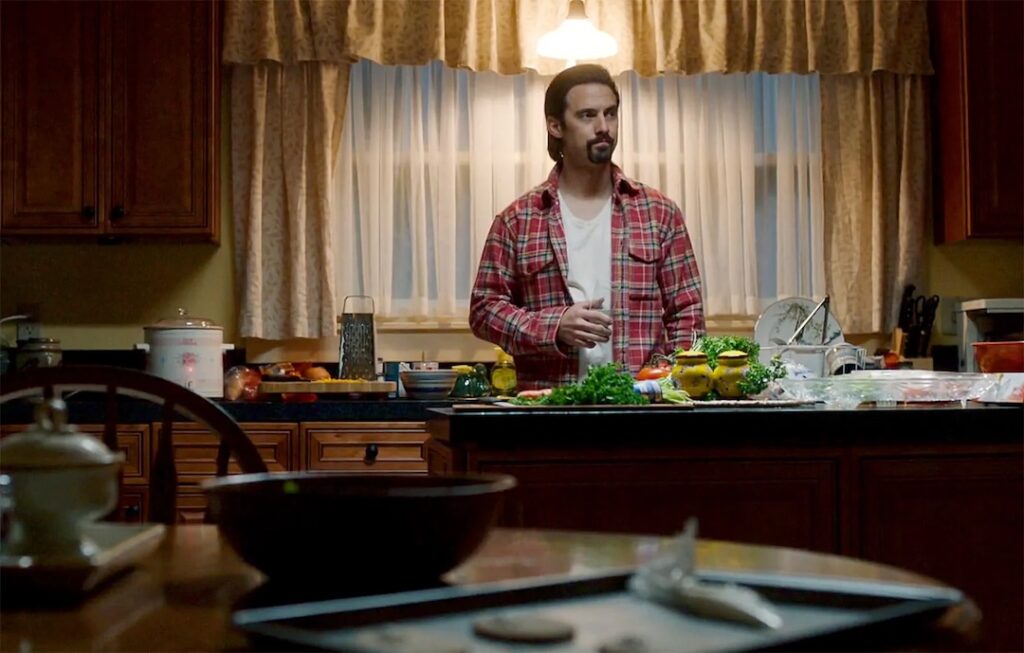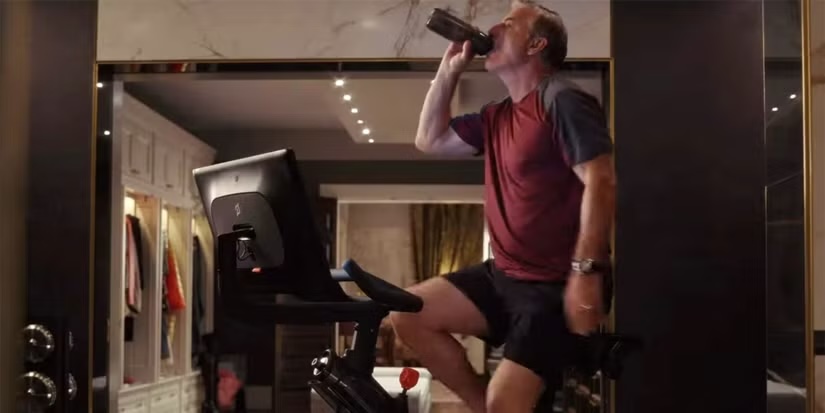Fiction, Fallout and Firestorms: How TV Drama Sent Crock-Pot and Peloton into PR Chaos
It started with a slow burn. A flickering electrical fault. A neglected switch. And then, flames—consuming everything in their path.
Millions of viewers sat in stunned silence as This Is Us, one of television’s most emotionally gripping dramas, killed off its beloved patriarch, Jack Pearson, in a house fire. The culprit? A Crock-Pot.

The response from fans was immediate—and absurd. Almost overnight, Crock-Pot, a kitchen appliance brand that had built its reputation on convenience and reliability, found itself at the center of a bizarre PR crisis. Consumers flooded social media with panic, some even vowing to throw away their slow cookers for fear they might spontaneously combust.
And then, just a few years later, it happened again—this time, with Peloton.
In 2021, the highly anticipated Sex and the City reboot, And Just Like That, stunned audiences by killing off Mr. Big, one of the series’ most iconic characters. The cause? A heart attack following an intense Peloton ride.
And, just like that, Peloton, a fitness brand synonymous with motivation and high-performance workouts, saw its stock plummet by 11 per cent in a single day. The fictional death of a fictional character had real-world financial consequences.
Neither Crock-Pot nor Peloton had done anything wrong. They hadn’t changed their products, launched controversial ad campaigns or made critical mistakes in their marketing. They were simply dragged into the cultural conversation by forces beyond their control.
When Fiction Becomes a PR Crisis
Brands are used to navigating customer complaints, product recalls and corporate missteps. But what happens when a crisis isn’t real—when it’s the result of fictional storytelling that takes on a life of its own?
For Crock-Pot, the problem escalated because the episode aired on network television, where millions of viewers watched together in real time. Unlike a streaming show, where reactions are staggered, this was a collective emotional gut punch that played out across social media instantly.
Within hours, “Can Crock-Pots catch fire?” became a trending search on Google.
At first, the company seemed caught off guard. After all, how do you respond to a made-up crisis? But then, they got smart.
Instead of issuing a defensive press release, Crock-Pot leaned into direct consumer engagement:
- They engaged with fans on Twitter, reassuring them that their products were safe.
- They coordinated with NBC to release statements clarifying the fictional nature of the scene.
- They even had fun with it, launching the hashtag #CrockPotIsInnocent, using humor to diffuse tension.
The approach worked. Consumers calmed down, and within days, the panic had faded.
Peloton, however, had a harder time.
Peloton’s Costly Silence
When And Just Like That aired, Peloton failed to react quickly enough.
At first, the company said nothing. The fictional heart attack wasn’t just damaging to their brand—it reinforced an old, lingering concern: Could intense workouts trigger cardiac events?
Without a fast, coordinated response, the public filled the silence with speculation. News outlets covered the episode as if it were a real-world warning and fitness skeptics fueled online discussions about the dangers of high-intensity workouts.
By the time Peloton responded—issuing a statement from a medical expert explaining that exercise is actually good for heart health—it was too late. The stock had already fallen and the narrative had taken hold.
Desperate to regain control, Peloton rushed out a recovery ad featuring Chris Noth (Mr. Big himself) alive and well, joking about another ride. It was clever, but the damage had already been done.

Peloton’s crisis wasn’t just about what was said—it was about when it was said. A delayed response in the modern media landscape allows speculation to become fact.
This is why PR teams must have a system in place before a crisis hits.
How PR Teams Can Stay Ahead of the Story
Crock-Pot recovered quickly because it identified the media narrative early, engaged with customers where they were talking and controlled the message before misinformation spread too far.
Peloton, on the other hand, had no clear crisis plan for an unexpected pop-culture hit to their reputation. The media cycle moved faster than their response, leaving a vacuum for panic and speculation.
Today’s PR teams don’t have the luxury of slow response times.
The volume of media inquiries, journalist requests and viral social media speculation that follows an unexpected crisis can be overwhelming. PR teams that try to piece together a response manually—checking email inboxes, group chats and Slack messages—are already falling behind.
That’s why companies use Broadsight to manage external communications, crisis responses and evolving media narratives efficiently.
Modern PR teams don’t just deal with traditional crises. They navigate ongoing media scrutiny, industry controversies and unpredictable viral moments—all of which demand rapid, well-coordinated responses. Without a structured system, teams risk missing critical journalist inquiries, issuing conflicting statements or responding too late to shape the story.
Broadsight centralizes media inquiries, response approvals and issue tracking, allowing PR teams to:
- Log and manage journalist requests in one place so nothing falls through the cracks.
- Ensure spokespeople receive real-time updates with messaging that aligns across all teams.
- Monitor media narratives as they evolve to anticipate challenges before they escalate.
When a brand unexpectedly lands in the cultural crossfire, the difference between controlling the story and being consumed by it comes down to how quickly a company can organize its response.
Final Thoughts
Most PR teams prepare for traditional crises—product recalls, scandals, executive missteps. But today, brand perception is shaped just as much by pop culture, social media trends and unpredictable public narratives.
A brand can wake up one morning and find itself at the center of a story it never expected to be part of.
The companies that survive those moments intact are the ones that are prepared to react before the narrative spirals out of their control.
Want to be ready before your brand is next in the spotlight? See how Broadsight helps PR teams stay ahead of unexpected media moments, streamline inquiries and coordinate messaging—before small issues turn into brand crises. See it in action at broadsight.ca.
Receive our newsletter
Sign up below and we’ll be in touch with monthly updates about Broadsight Tracker, along with news and insights to keep you on the cutting edge of communications work in an AI era.

